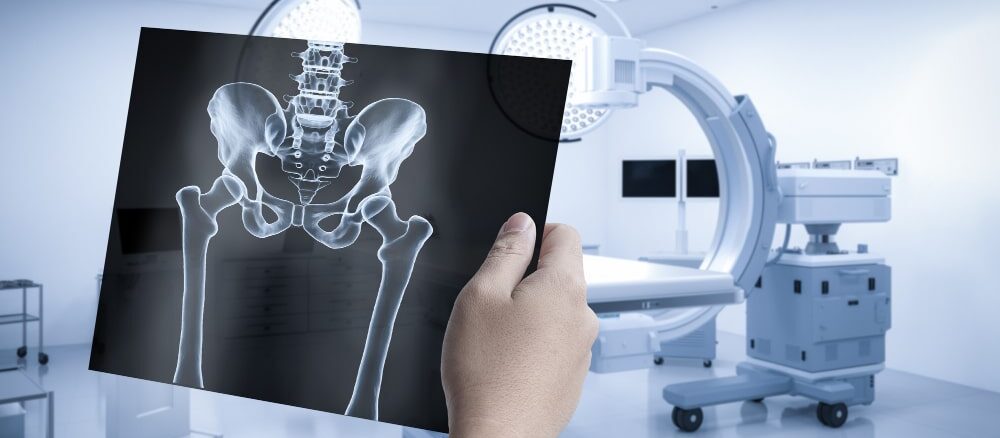In the realm of modern medicine, diagnostic imaging plays a pivotal role in uncovering the mysteries hidden within the human body. Three primary imaging techniques – X-Ray, CT Scan, and MRI – have revolutionized the way healthcare professionals diagnose and treat various conditions. Each method harnesses different principles to create detailed visualizations of internal structures, aiding in accurate diagnoses and informed medical decisions.
With the advent of digitalization and the increasing accessibility of healthcare services, the concept of online MRI, online X-ray, and CT scan services has gained traction, allowing patients to receive timely evaluations from the comfort of their homes. In this article, we delve into the intricacies of these imaging modalities, highlighting their differences and shedding light on the role of online services in modern healthcare.
X-Ray Imaging: A Glimpse into the Shadows
X-Ray imaging is one of the oldest and most widely recognized medical imaging techniques. It relies on the principle that different tissues in the body absorb X-rays to varying degrees. Dense structures like bones appear as bright white areas on X-ray images, while soft tissues show up as varying shades of gray. X-rays are quick, painless, and invaluable in diagnosing fractures, lung infections, dental issues, and even identifying foreign objects.
Despite its widespread use, X-ray has limitations. It provides a 2D view of structures, which can sometimes hinder accurate spatial understanding. Additionally, the ionizing radiation used in X-rays poses potential health risks, particularly with repeated exposure.
CT Scan: Navigating Through Cross-Sections
CT Scan, short for Computed Tomography, takes X-ray imaging to the next level. By rotating an X-ray source and detectors around the body, a CT scanner captures a series of cross-sectional images. These images are then reconstructed by a computer into a detailed 3D representation, allowing healthcare professionals to examine structures from various angles.
CT scans are particularly adept at visualizing bones, soft tissues, blood vessels, and even the brain. They are indispensable in diagnosing complex fractures, detecting tumors, and assessing the extent of internal injuries. However, like traditional X-rays, CT scans involve exposure to ionizing radiation, which necessitates judicious use, especially in young patients.
MRI: Unveiling the Body’s Symphony
MRI, or Magnetic Resonance Imaging, stands apart from X-ray and CT by utilizing strong magnetic fields and radio waves to generate images. This technique provides exceptional soft tissue contrast and excels at visualizing the brain, spinal cord, joints, and organs like the heart and liver. Unlike X-ray and CT, MRI does not involve ionizing radiation, making it a safer option for repeated imaging.
One downside of MRI is its time-consuming nature. Scans can take longer, during which patients need to remain still, often within a confined space. This can be challenging for individuals with claustrophobia or certain medical conditions.
The Emergence of Online Imaging Services
With the rapid advancement of telemedicine and digital healthcare solutions, online MRI, online X-ray, and CT scan services have started to reshape the landscape of diagnostic imaging. These services provide a convenient way for patients to access imaging evaluations without the need to physically visit a medical facility.
Online platforms allow patients to upload their images securely, which are then analyzed by qualified radiologists. This approach proves especially valuable in situations where patients are unable to travel, reside in remote areas, or seek a second opinion without the hassle of travel and wait times. However, it’s important to note that these online services are best suited for non-emergent cases and may not replace the need for in-person consultations for more complex scenarios.
Final Words
In the ever-evolving world of medical imaging, X-ray, CT Scan, and MRI stand as pillars of diagnostic prowess, each with its own strengths and applications. As technology continues to advance, the emergence of online MRI, online X-ray, and CT scan services demonstrates a promising step towards making quality healthcare more accessible and convenient. As patients and healthcare providers alike embrace these digital solutions, the future of medical imaging is set to be marked by a harmonious blend of tradition and innovation.

